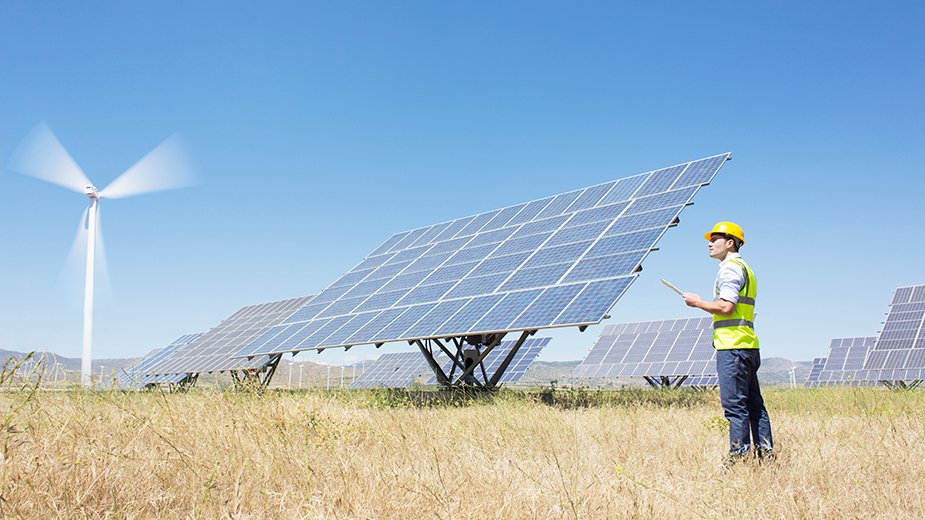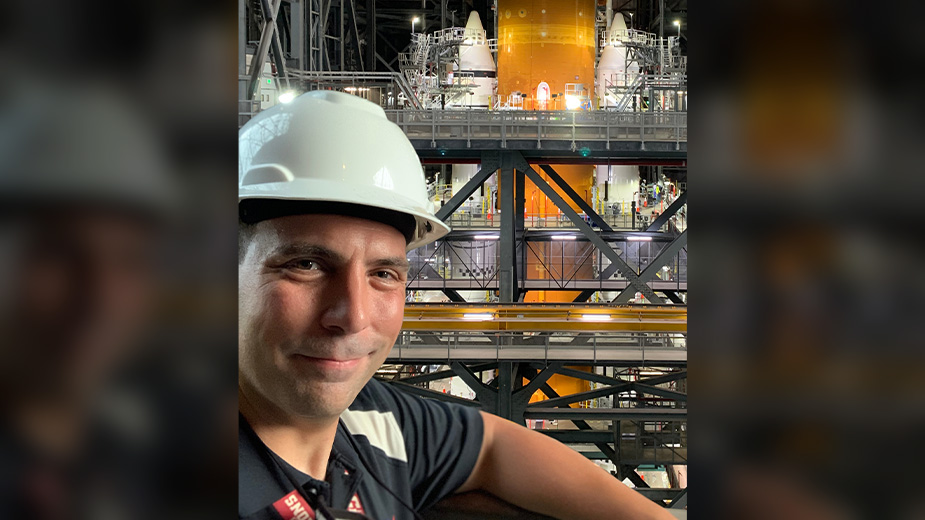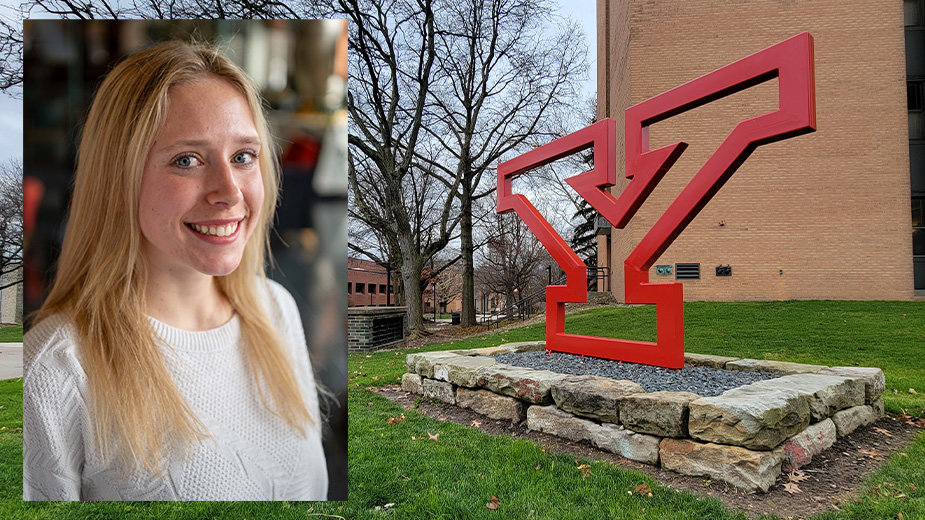Ohio Clean Energy Jobs Up 7% in 2021, Study Shows
YOUNGSTOWN, Ohio – Ohio businesses in the clean energy sector – that is, wind, solar, energy storage, energy efficiency, clean fuels and advanced transportation – added 5,800 workers last year, a new analysis shows.
This represents a 7% increase from 2020, or growth more than twice as fast as the overall economy, according to Clean Jobs Midwest 2022, an analysis compiled by E2 and Evergreen Climate Innovations.
Much of this growth is attributed to the energy efficiency sector and advanced transportation industry, which includes manufacturing and supply-chain operations for electric vehicles, the study found.
Tom Gallagher, vice president of operations at Ultium Cells LLC, said it’s satisfying to see the impact these operations are already having on their respective communities.
“The exciting piece around that is the job and career creation that it represents,” he told reporters during a virtual press conference during which the study results were announced.
Ultium recently began battery-cell production at its Lordstown, Ohio, facility. Two other Ultium plants are under construction in Spring Hill, Tenn. and Lansing, Mich.
The Lordstown facility is expected to employ approximately 1,300 when it is operating at full capacity.
“These are quite different manufacturing jobs,” Gallagher said. While the Ultium operation has a clean energy component, it is also has a high-tech component that presents a tremendous opportunity for workers to advance.
“We’re taking the model we’ve started within Ohio, moving that to Tennessee and then later into Lansing,” Gallagher said.
These plant projects also require a significant number of contractors and construction jobs, Gallagher added, noting each project employs more than 2,000 workers during the construction period.
The Clean Jobs Midwest 2022 report substantiates that construction and manufacturing positions remain at the heart of job creation in Ohio’s clean energy sector.
According to the study, construction positions represented 49.6% of jobs in the clean energy sector in 2021. Manufacturing was second highest, commanding 22.4% of the job market.
The energy efficiency industry continued to lead Ohio in terms of total jobs with more than 74,960 employed, followed by advanced transportation, which accounted for a total of 20,762 jobs, the study shows.
Advanced transportation witnessed the fastest rate of job growth in Ohio at 25%, followed by renewable energy job growth at 9%.
Across the 12 the states that comprise the Midwest, job growth in the clean energy sector increased by 5%, said Ian Adams, managing director at Chicago-based Evergreen Climate Innovations.
“The clean energy workforce is a large and growing part of the Midwest region’s economy,” he said.
Adams said the clean energy sector added 36,400 jobs across the Midwest in 2021 for a total of 714,323 jobs in the sector. Of this number, 479,626 are employed in energy efficiency, 88,898 in renewable energy, 112,591 in advanced transportation, 25,279 in energy grid and storage, and 7,928 in clean fuels.
“Advanced transportation saw the fastest job growth across this space with 24%,” Adams said.
Job opportunities in clean energy are likely to grow significantly over the next decade, added Micaela Preskill, Midwest advocate for E2 who joined the press conference.
Passage of the Bipartisan Infrastructure Law, the Inflation Reduction Act and the Chips and Science Act, she emphasized, procures investments totaling hundreds of billions of dollars into the clean energy economy.
“We finally have long-term tax credits for wind, solar, energy efficiency, batteries, vehicles, et cetera,” Preskill said. These credits come with conditions that help boost U.S. manufacturing and the creation of good-paying U.S. jobs.
“The industry has more promise for growth than it’s ever had,” she said.
Natalie King, CEO of Dunamis Clean Energy Partners, Detroit, said she’s marveled at the workforce that’s developed around her business since it established an EV charging manufacturing plant in the city in 2018.
“We’re very excited about the green-collar workforce we’ve developed right in the city,” she said.
Creating these jobs was important, since it serves a population that is generally lower income, underrepresented, disenfranchised from clean energy jobs, and disproportionately exposed to greenhouse gas emissions.
“We wanted to tap into a workforce that we knew was skilled and experienced in creating the best in the automotive industry,” King said.
The company partners with local community colleges, faith based organizations and nonprofit groups to identify and train a workforce from within the surrounding neighborhoods.
Copyright 2024 The Business Journal, Youngstown, Ohio.



